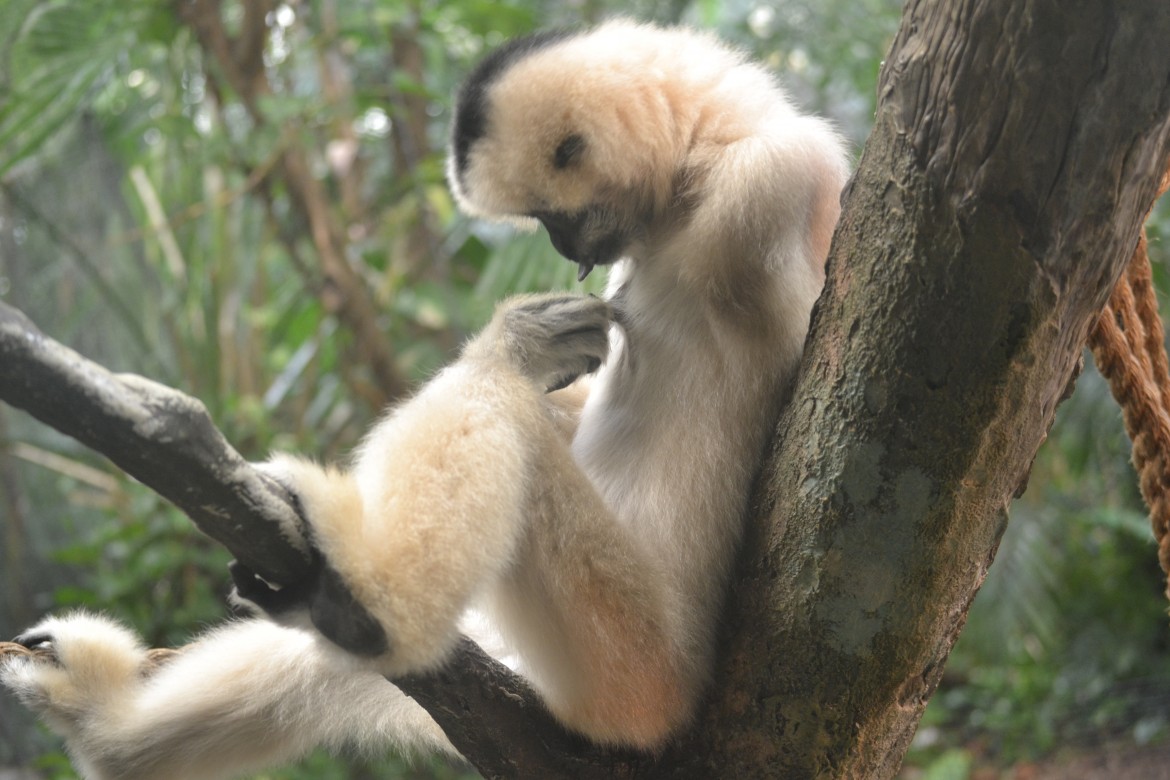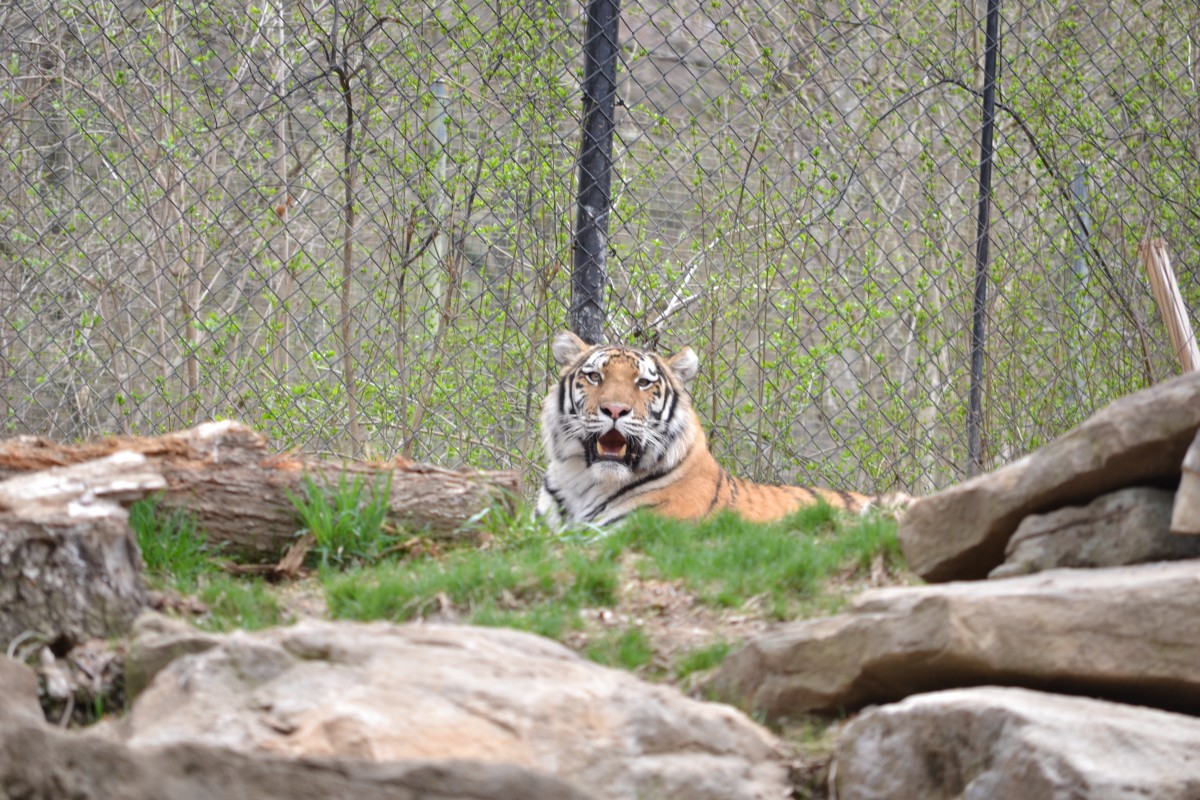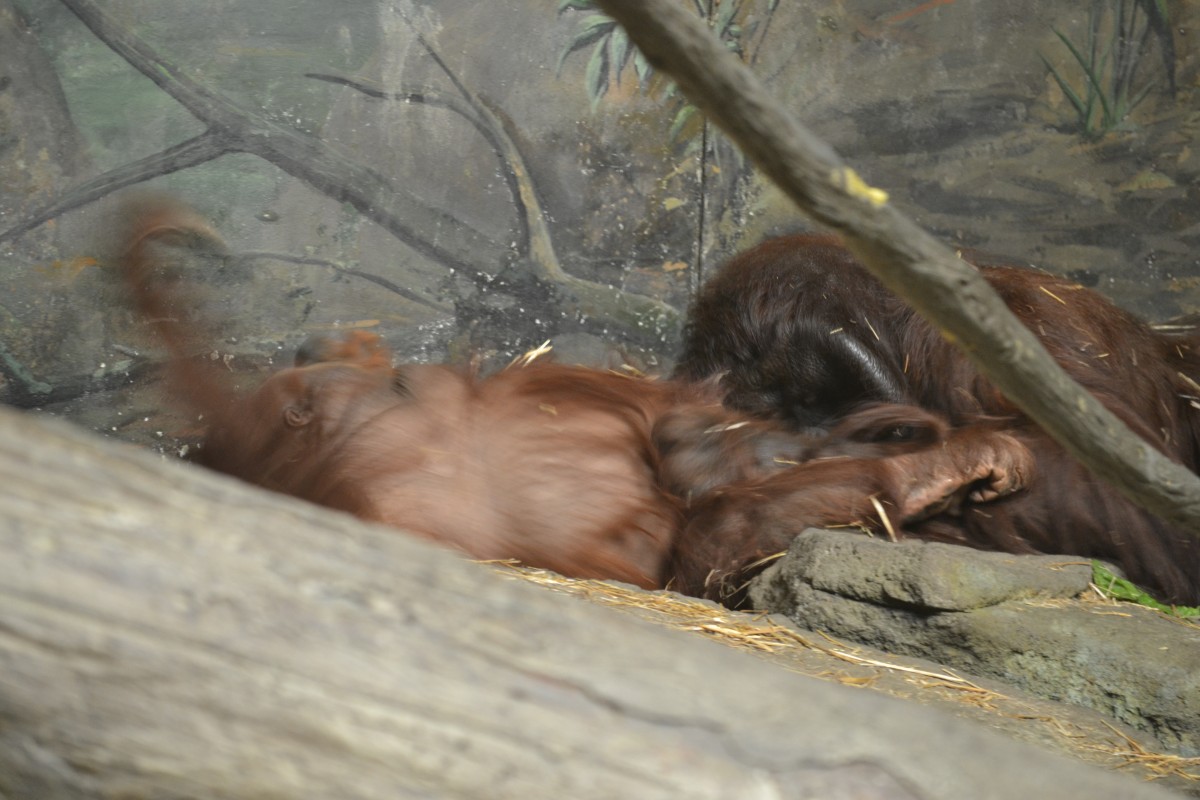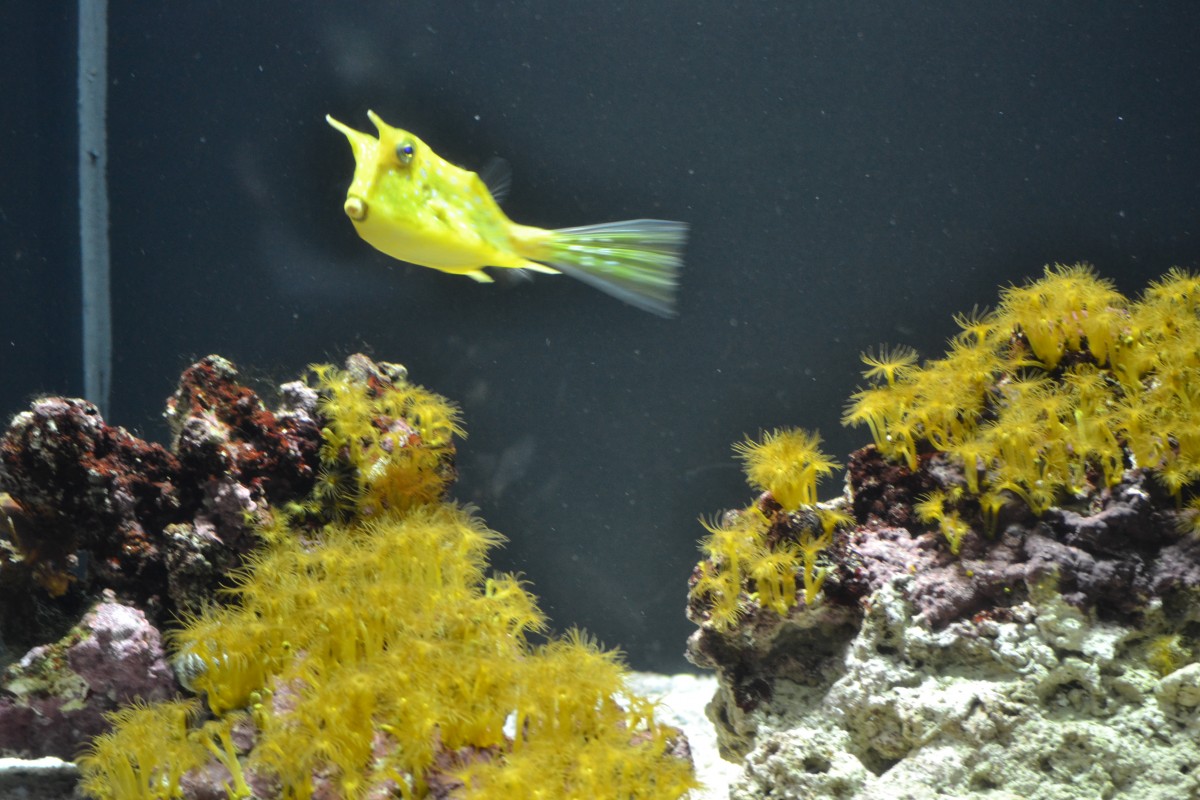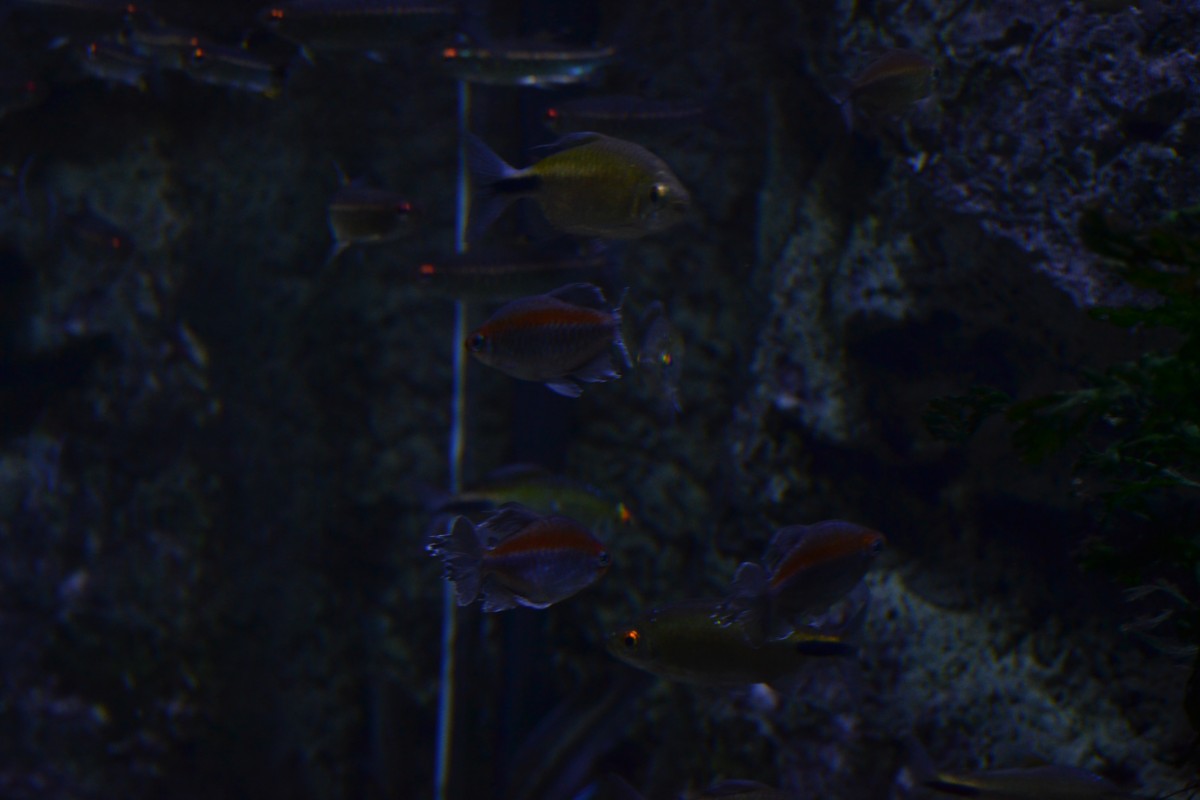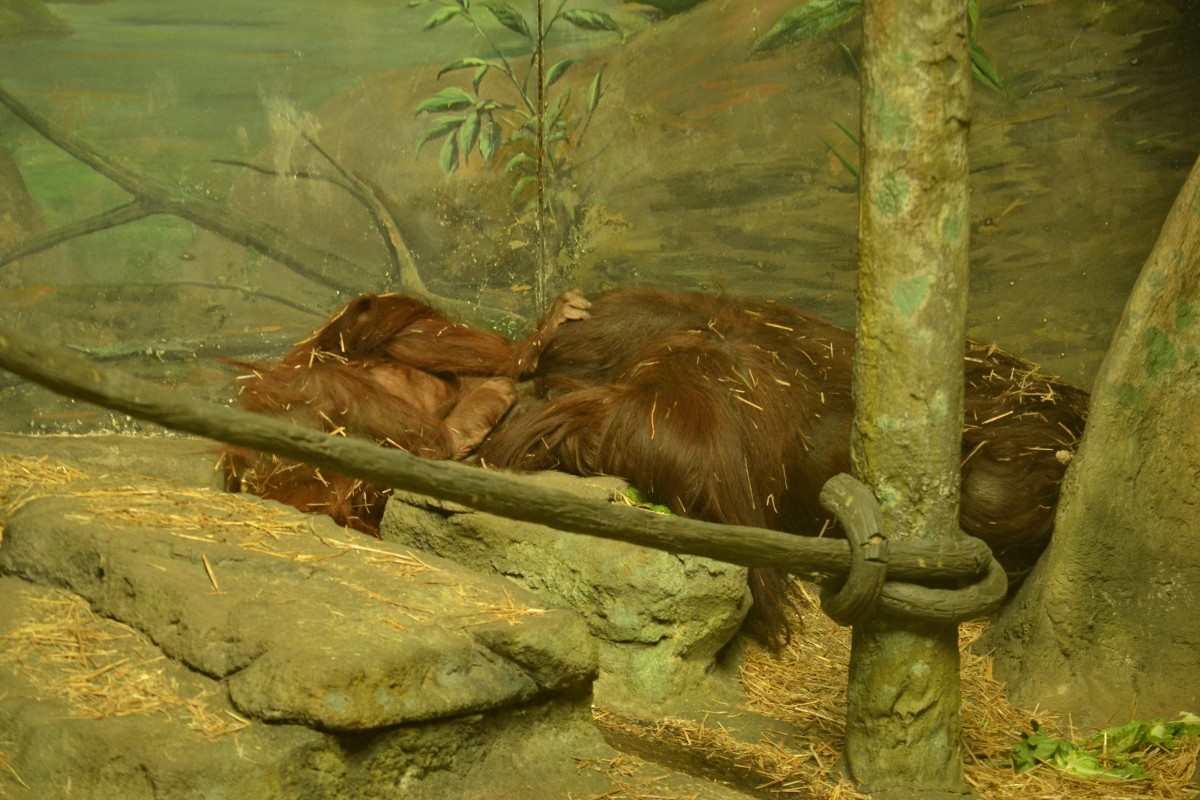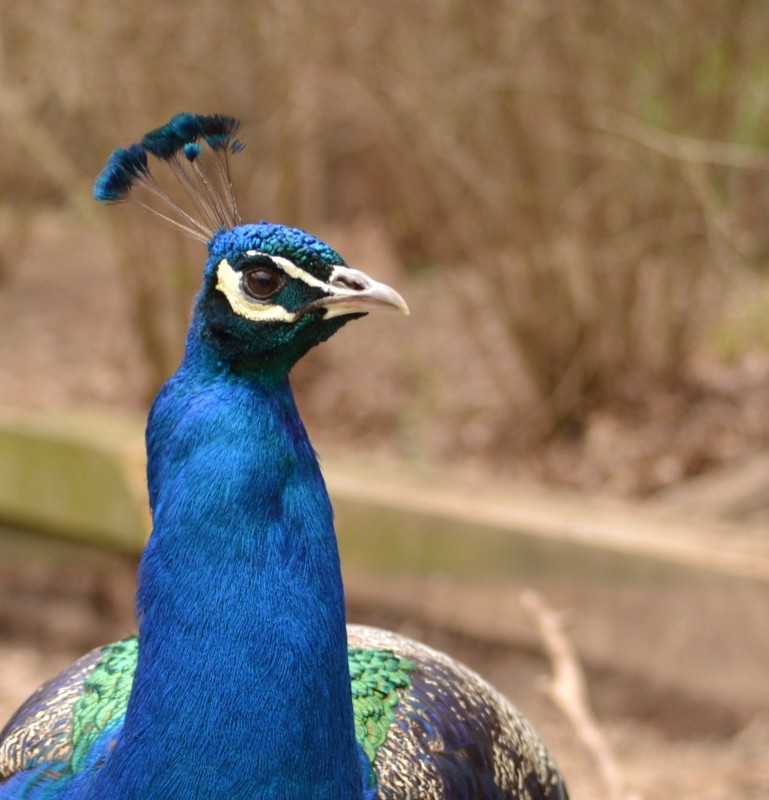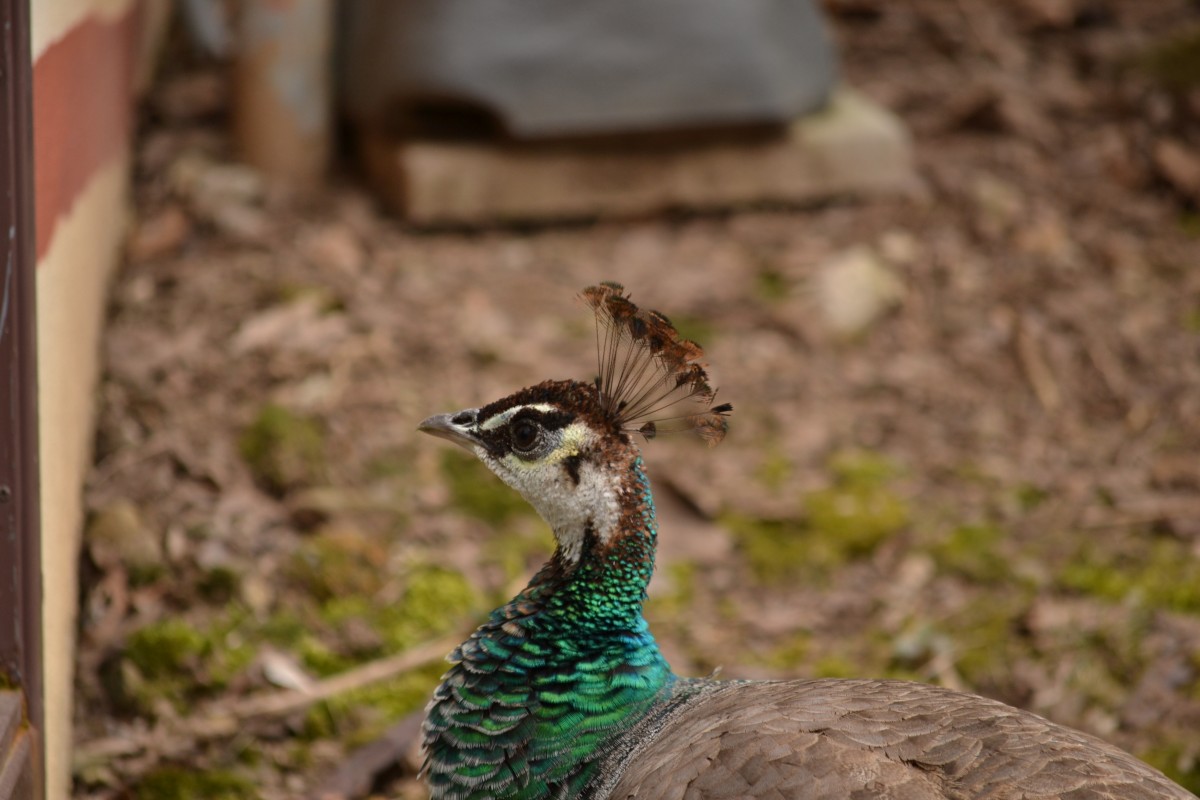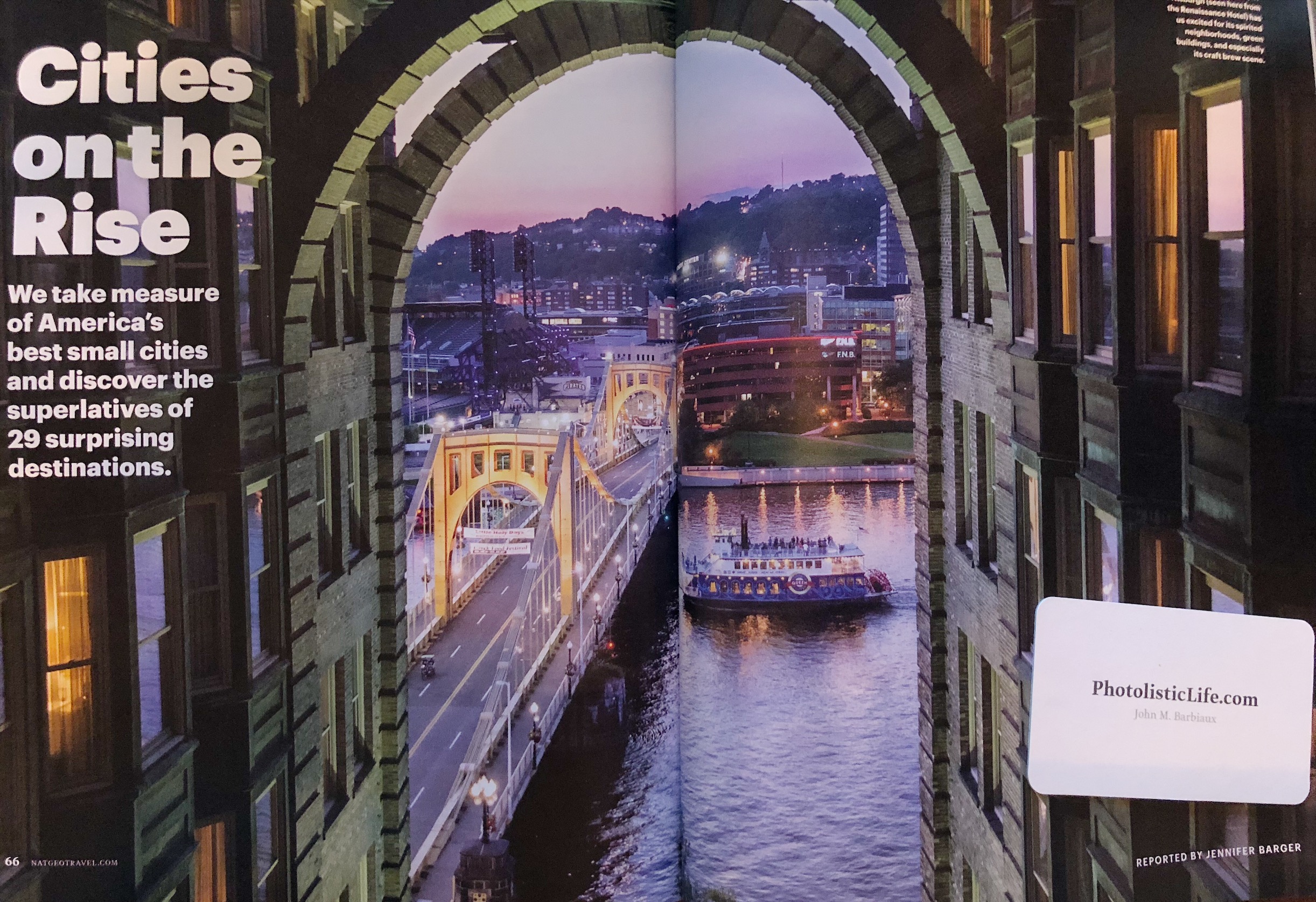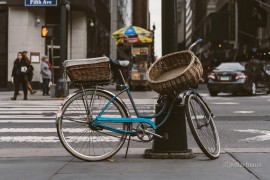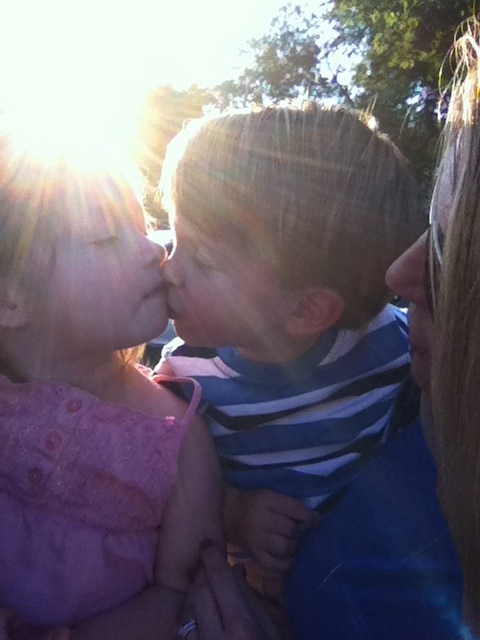First Photography Trip to the Pittsburgh Zoo
User Submitted Article by: Becky DeSantis
A couple weeks before meeting a friend for a photo day at the Pittsburgh Zoo, I looked on line to see what hints there were for taking good shots. These pages were perfect and I strongly recommend reading them prior to going to the Zoo, especially if you are new to photographing animals:
https://digital-photography-school.com/zoo-photography
https://www.ephotozine.com/article/15-top-zoo-photography-tips-12495
Of course, when the actual day arrived, I was in a hurry and could not find the list I had printed out. All I could really remember was to get there early, be patient — wait for the animals to strike a pose, and focus on the eyes. Oh, I also remembered reading that it was ok if the day was overcast (and for the most part it was) because you would not be fighting shadows.
I got some good shots, but I also got shots that were ruined by not following the suggested tips for good photos. Sometimes I learn more from seeing what is wrong so let’s look at the mistakes. (This article will make more sense if you look at the two links above first. They only take a few minutes each to read through.)
[alert type=”error”]Tip: Look around the frame to spot distractions, avoid fence posts coming out of the top of the head.[/alert]
Ok – cute pose, but look at the post sticking out of his head! Also, he is smack dab in the middle of the frame. Sometimes, it is hard to move around because other people are trying to see the animals at the same time. However, that’s where patience comes in and you wait until there is a better angle from which to shoot. To be honest, I have about 8 shots from this angle with different facial expressions on the tiger which means I was so focused on his eyes and his cute poses that I didn’t take the time to look around the frame. Geesh.
TIP – …consider a tripod or monopod (depending upon the weather and how light it is. You’ll find in some animal enclosures you’ll need to use slower shutter speeds which mean you’ll need the extra stability).
Missed some good inside shots because of the low lighting requiring slow shutter speed, etc.. TOP PHOTO – This little orangutan and his mom were napping. Following the tip about patience, I waited and they started to wake up but conditions did not allow me to get “action” shots.** MIDDLE PHOTO – The little fish was from Finding Nemo, I think. Very blurry and there is that distracting edge of the tank on the left. BOTTOM PHOTO – About this last photo, all I can say is, “Seriously, what was I thinking?” However, a return trip with a tripod could prove to be a whole other story.
** If I was shooting film, I would never have attempted these shots but that’s the beauty (and sometimes the curse) of digital. I just fire away and “hope” in some instances. This actually is not a good practice and one I need to decrease. Too much time lost going through photos that just aren’t good!! I am getting older – no time for this silliness.
TIP – If you shoot JPEG mode remember to switch to the correct white balance setting indicated with icons in your white balance settings and, more importantly, remember to set it back when you return to the outdoors. (and vice versa!)
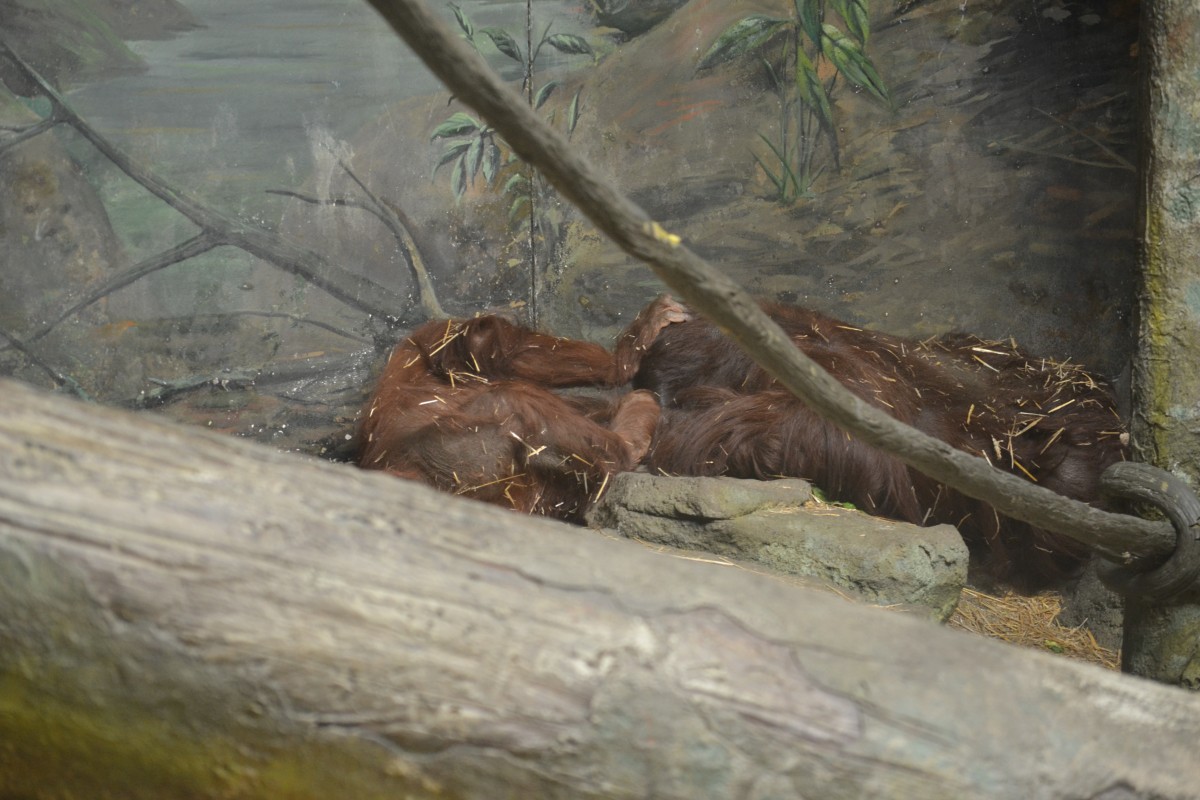
The orangutan photos show what happens when you forget to change your white balance from outdoor shooting to indoor. Once the change was made, the coloring was better. Photo on the top is from a better angle than the one on the bottom because of the position of that rope. Not sure why I moved unless some little kid edged me out – jk.
TIP – If you can’t eliminate reflections you might also like to try to work with them. Take a few steps back and incorporate the reflections of those watching the animals into the shot (hard – but if you get it right it could make for a great shot).
TIP – ….speaking of people – they also make a great subject when at the zoo. Don’t just focus on the animals but look for the wonderful reactions of those around you as they react to the animals ….
Well, this is a start…..
TIP – Always focus on the eyes as they are the most important aspect.
Looks like I got a couple right!! Love those peacock eyes.
TIP – Watch for humorous poses…..keep your camera up to your eye for that moment when the monkey points at you, the giraffe picks it’s nose with it’s tongue…
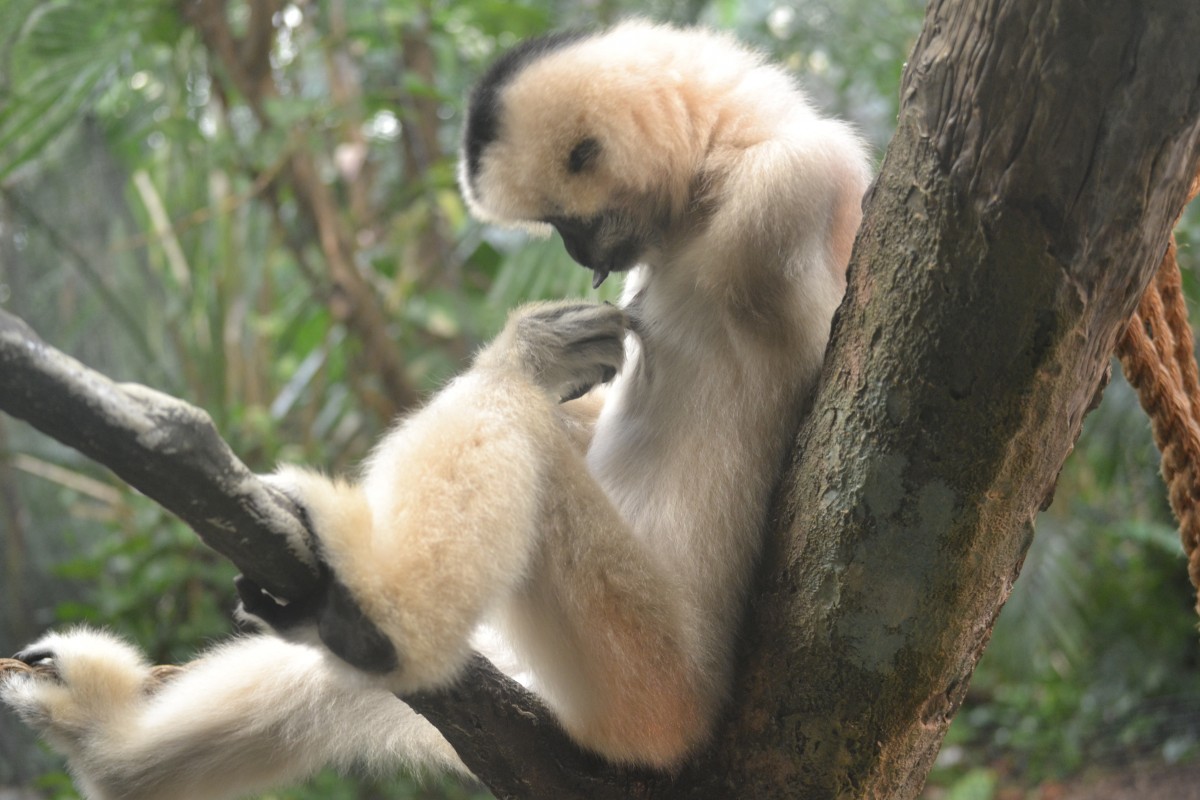
Or the monkey does what monkeys do!!
What did I learn?
- Go often to become acquainted with the various animal habits and habitats. That way you will know if it is a pose the animal typically holds for a while or strikes often; you will know best angle from which to shoot; you will become familiar with lighting, backgrounds, etc.. Practice, practice, practice.
- LOOK AROUND THE ENTIRE FRAME BEFORE YOU SHOOT!! I was so worried I would miss a shot that I didn’t take the time to properly frame them. Granted, photoshop is a beautiful thing, but it would be better to do less post processing. It’s just time consuming and if better shots can be had straight out of the camera, that is my goal. (Again, old and don’t have time to waste.)
- Focusing on the subject’s eyes is a good rule of thumb…. but not for every shot.
- Since action shots don’t always give you lots of time to set up, choose either aperture priority or shutter priority to save yourself an extra step and some precious time.
- On one return trip, I will be taking a tripod and schlepping it through the zoo. I plan to go for specific animals and shots instead of the hundreds of every living, breathing thing in the zoo (including a robin in a tree, for crying out loud). With the camera hand-held, even my outdoor photos were a little soft when zoomed in to the max, at 200mm, so using the tripod should help.
- Going when the foliage is in bloom will help eliminate some of the background “mess.” Tight head shots eliminates undesirables in the backgrounds but sometimes you want the whole animal and some of its surroundings.
- I’m very close to purchasing the 18-300mm Nikor lens to be ready for any and all situations. However, given the weight of this lens and the tripod, I will be more “picky” about what I shoot.
- Lastly, I am going to check with the Zoo to see what days/times tend to be less crowded and try for one of those.

